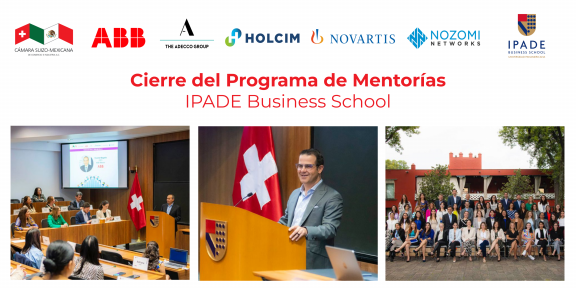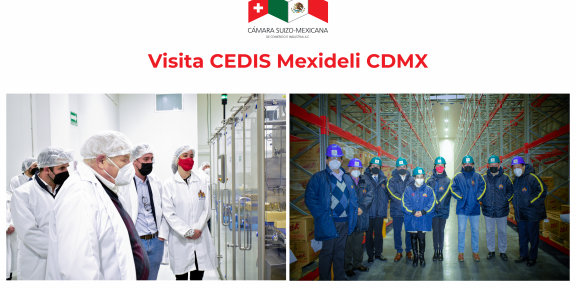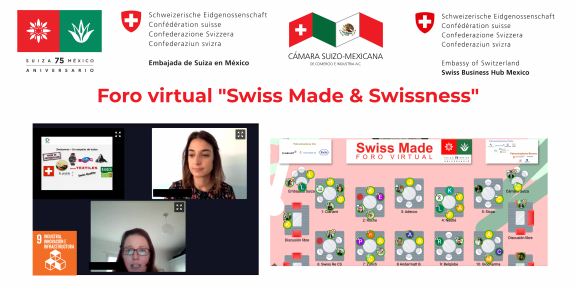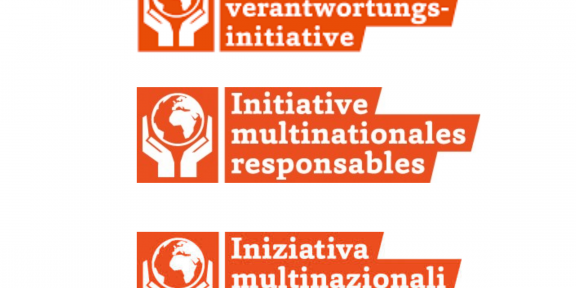For the last thirty years, industrial companies have put a lot of emphasis on operational excellence and taken advantage of globalization to improve their margins and working capital, all the while adding complexity and uncertainty to their supply chains.
Today, unpredictable, yet certain to take place, “white swan” events like pandemics, as coined by best- selling author of “The Black Swan,» Nassim Nicholas Taleb, have shown us that alternative or more differentiated supply chain management practices might prevail in the wake of the COVID-19.
This raises the questions of whether we have over-emphasized efficiencies within the supply chain at the expense of agility, operational continuity and supply security, and whether we have optimized for the right parameters.
Supply chains are stress-tested and safety stocks go up
Over the past month we have seen behaviors and events ranging from panic buying, to commodity price swings, to in-land border, airport, and shipping port closures or restrictions stress-testing nearly every supply chain.
This has significantly challenged conventional frameworks and processes across industries. “We’ve seen companies increasing safety stocks steeply, essentially rethinking safety stock as being a waste, but also adapting more sophisticated risk management principles when it comes to evaluating their entire supply chain footprint,» in the words of practitioner, Head of Supply Chain at Olam, Aleksandr Sidorec interviewed by GenLots.
As a result of the “white swan” we are witnessing now, the sum of those efficiency and financial gains achieved as a result of staying lean and producing far away may be rapidly eroding, if it has not completely done so already.
While many companies may not have been as affected let alone be old enough to have learned lessons from the 2002 SARS or the 2009 Influenza A virus subtype H1N1 epidemics, it has still been feasible for many of them to pivot and adapt quickly by learning from other countries affected earlier by the current pandemic and adopting immediate mitigation measures plus firefighting.
“That is why stress testing should not be applicable to the financial industry only. Based on my experience of developing similar methodologies within the supply chain, it takes a minimum of 5 months to draft, test and adapt such a framework for a specific company. But the final benefits are enormous and worth the resources spent because it is helping whole business ecosystems employing thousands of people to survive,» continued Mr. Sidorec.
The role of intelligent procurement and inventory planning systems
When all of your premises suddenly change, you want your system to change with them. Traditional configuration of SCM systems and ERPs through consultants is too slow to adapt. What you would want is a system adapting automatically, or in the least, highlighting where the changed assumptions should cause a change in parametrization.
It is evident that a crisis like this does not induce uniform effects across industries, companies, and geographies. In the case of pharmaceutical companies, increased delays from suppliers due to a high dependency on countries like China and India, coupled with a sudden surge in demand require greater safety stocks. On the other hand, for companies like beer producers, it may mean going from expansion mode to defensive mode by freeing up cash flow and reducing production to adapt to plummeting sales.
Both scenarios however outline the need for rapid adaptation to the new paradigm and simultaneously for optimization. This extends to all activities across the supply chain, including forecasting, process design, production or order planning.
As Mr. Sidorec explains, “Companies should not just increase their stocks blindly, but rather
leverage optimization algorithms to make the proper trade-offs, compromising between supply security and total cost of ownership (i.e. the total cost of purchasing, transporting, testing and holding materials for production)”. Industrial companies standing out after this crisis will have achieved the right balance between these two objectives.
The rapid rise and adoption of machine learning developments for industrial applications in the recent years will prove key in the management of this crisis. Concurrently, the adaptability and reliability of such applications will be stress tested.
How intelligent systems support people
When it comes to adapting quickly, companies must keep in mind that it is as much a technology matter as it is a people matter.
«Engaging and steering people during times like these can be very challenging, as uncertainty creates lower morale for employees. Investing in technology ahead of time is good, but demonstrating leadership by removing ambiguity, and setting concrete objectives for employees is essential,” Mr. Simon Schenker, Co-CEO of GenLots, a procurement software startup based in Switzerland.
Nevertheless, these tools have the potential to alleviate the weight on the workforce by making them more efficient, reducing manual interventions and allowing them to focus on what they do best as well as on the most critical crisis management areas.
Certain changes implemented during the crisis in the way firms work could also leave behind a great legacy. On one hand, many companies have been forced to implement a work from home policy during these times, potentially for the first time. «This may give rise to further decentralized and remote teams, hence requiring more emphasis on automation and data visibility, scenario planning and coordination,” added Mr. Sidorec.
On the other hand, other companies forming part of the critical supply chain infrastructure to supply goods and services such as food and beverages have been working on-site around the clock. “Our number one priority now is our commitment to protect our employees. None of this would happen without them. We have needed to continuously create a safe working environment following all the WHO recommendations for our employees to have the confidence that we are taking the right measures,» shared Senior Operations Manager at the US-based 3PL company, Source Logistics, Mr. Luis Rodriguez who mentioned seeing inventory turnover volumes on their F&B division spike 250%.
Evidently, having a sick or demoralized workforce could also prove catastrophic, whether it affects operators or executives. Today, many companies still rely on intuition and the Highest Paid Person’s Opinion (HiPPO) to make decisions, but sanitary crises may have the unfortunate effect of impairing such people for an extended period of time. This is also where intelligent solutions come into play, de-risking organizations by shifting decision-making from relying on a single person to a data-informed one that someone else could make.
Anticipating and preparing for the aftermath
Supply chain managers must also not ignore what will come after the pandemic crisis is over. They must also be prepared for the rebound; a rebound with high competition for capacity in logistics networks including shipping containers and expedited air freight.
Moreover, they must be aligned with the fact that a possible economic downturn may eat up on their revenues, and hence find themselves needing to find other ways to increase their profits, such as through cost saving opportunities.
At the same time, «companies should be proactive in taking advantage of new opportunities that will come, such as in new consumer behaviors, distribution channels, and legislation,” said Mr. Javier Martínez, President of the Mexican Businessmen Association (AEM) Los Angeles and CEO of Martinez Brands.
In summary
Coronavirus is only one of many imminent “white swans” that could threaten a company’s resiliency, such as political tensions, changing trade policies, extreme weather events, and future infectious outbreaks, as Beata Javorcik, chief economist of the European Bank for Reconstruction and Development describes.
Industrial companies will be challenged to retain or increase their cost-efficiency, while keeping up with the shifts in demand, changes in inventory management, and disruptions in the supply.
«It reminds us again that many businesses need to shift from the pure cost focus to the intelligent supply chain risk management and sometimes this would require taking challenging decisions that might go against short-term objectives of the business,” concluded Mr. Sidorec.
Finally, strategic considerations by industrial groups with regard to their supply chain footprint might lead to profound consequences on globalization as we know it. Such considerations include:
- Are my suppliers and I producing in and sourcing from the right (number of) places?
- Should we move production for critical components or assembly lines closer to our facilities?
- Should we vertically integrate parts of our activities?
Acknowledgements and special thanks to all supply chain experts and executives interviewed who made this article possible: Aleksandr Sidorec, Luis Rodriguez, Javier Martínez, Pierre-Yves Bridel, Jaime Garza, Alejandro Rodriguez.
About the author:
 Andres Engels is a Project Manager at machine learning based procurement software startup GenLots, as well as a master student in Management, Technology, and Entrepreneurship at EPFL in Lausanne, Switzerland. He holds a degree in Industrial and Systems Engineering from the University of Southern California and can be reached on Twitter at @aaengels.
Andres Engels is a Project Manager at machine learning based procurement software startup GenLots, as well as a master student in Management, Technology, and Entrepreneurship at EPFL in Lausanne, Switzerland. He holds a degree in Industrial and Systems Engineering from the University of Southern California and can be reached on Twitter at @aaengels.














